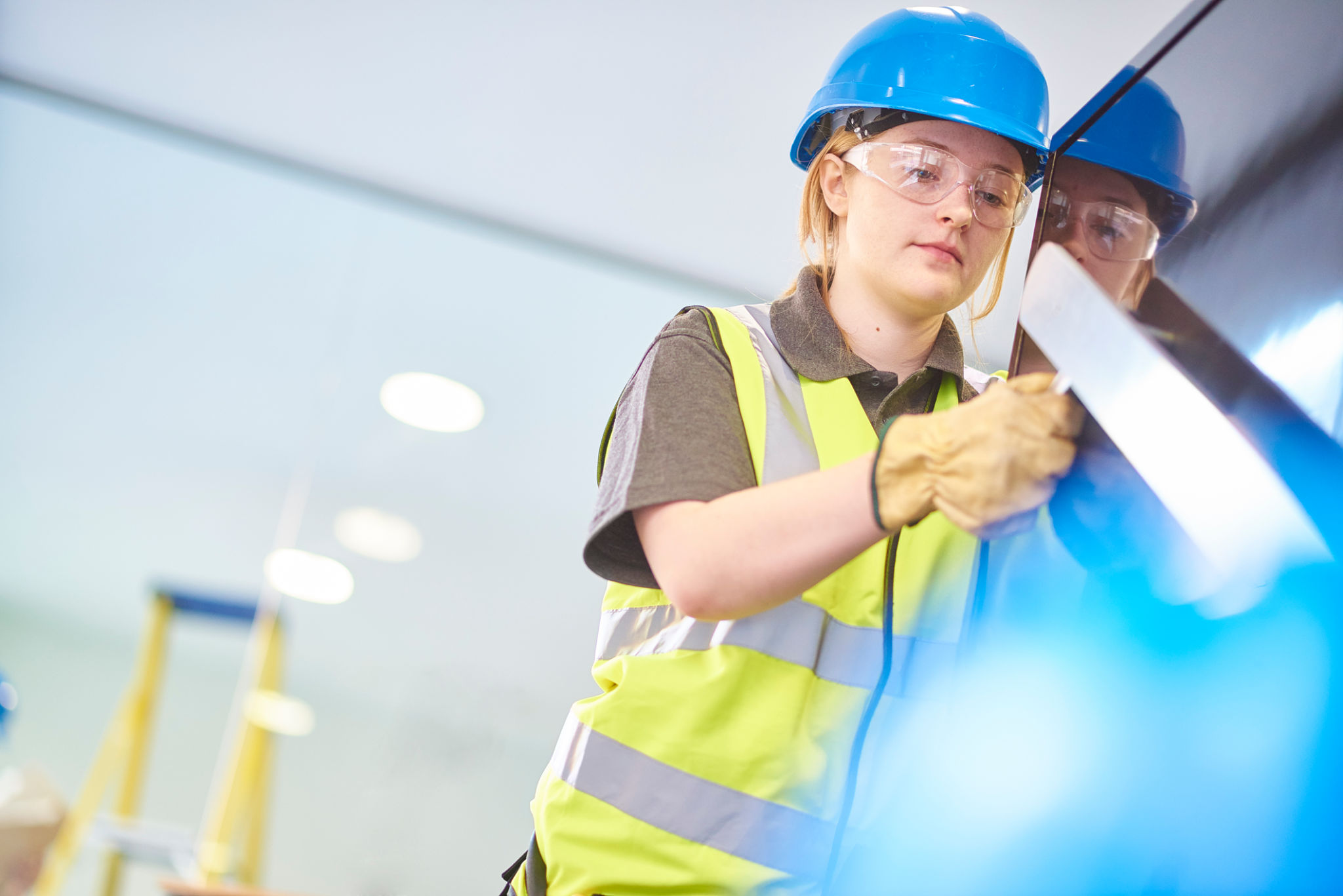Preventative Maintenance for Industrial Sewing Machines: Expert Tips
Understanding the Importance of Preventative Maintenance
In the world of industrial sewing, the machinery is the backbone of production. Ensuring these machines run smoothly is crucial for maintaining productivity and reducing downtime. Preventative maintenance is a proactive approach that helps to identify and fix potential issues before they escalate into significant problems.
Implementing a structured maintenance plan can lead to improved efficiency, extended machine life, and cost savings. Regular checks and adjustments can prevent unexpected breakdowns that could disrupt your workflow and lead to expensive repairs.

Daily Maintenance Practices
Daily maintenance is vital for keeping your sewing machines in top condition. Operators should follow a checklist that includes basic cleaning and inspection tasks. This ensures that any minor issues are caught early.
Start by cleaning the machine's exterior to remove lint and dust, which can accumulate during production. Check for any signs of wear or damage, such as loose screws or frayed wires, and address them immediately to prevent further deterioration.

Lubrication and Oil Levels
Regular lubrication is essential for the smooth operation of industrial sewing machines. Refer to the manufacturer's guidelines to determine the appropriate oil type and lubrication schedule. Ensure oil levels are checked daily, as insufficient lubrication can lead to increased friction and wear.
Make sure to apply oil sparingly, as excessive lubrication can attract dust and debris, potentially causing clogs or other issues. Proper lubrication helps reduce friction between moving parts, minimizing wear and tear.
Weekly and Monthly Maintenance Checks
In addition to daily upkeep, weekly and monthly maintenance tasks are crucial for comprehensive care. These tasks often require more detailed inspections and adjustments to ensure optimal machine performance.
Weekly checks might include inspecting belts for tension and wear, verifying needle alignment, and testing the machine's timing. Monthly tasks could involve more in-depth inspections such as checking the motor brushes and evaluating the overall condition of the machine's mechanics.

Needle Inspection and Replacement
The needle is a critical component in any sewing machine. Regular inspection and replacement are necessary to prevent fabric damage and ensure consistent stitch quality. Bent or dull needles can lead to skipped stitches and fabric snags.
Operators should replace needles regularly based on usage frequency and material type. Keeping a stock of spare needles on hand ensures quick replacements when needed, minimizing downtime.
Training and Documentation
Effective preventative maintenance also involves training operators to recognize signs of wear and potential issues. Providing comprehensive training ensures that all staff members are equipped with the knowledge to perform basic maintenance tasks confidently.
Maintaining detailed records of all maintenance activities is also essential. Documentation helps track the performance of individual machines over time and can be invaluable when diagnosing recurring issues or planning future maintenance schedules.

Conclusion
Preventative maintenance is a cornerstone of efficient production in facilities utilizing industrial sewing machines. By implementing regular maintenance routines, you can maximize machine lifespan, improve productivity, and reduce unexpected repair costs. Investing time in these practices ensures that your equipment remains reliable and efficient, ultimately supporting your business's success.